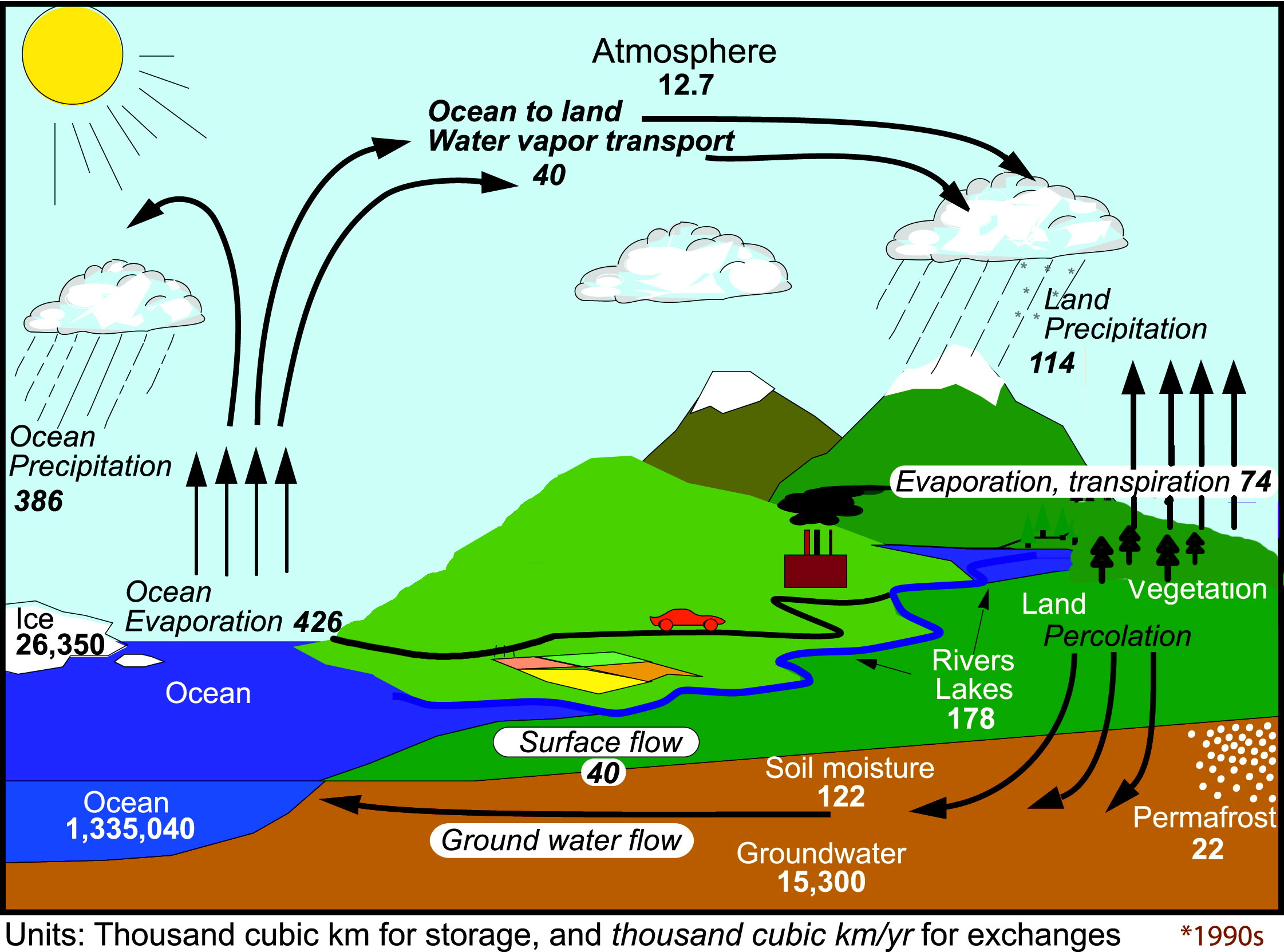Very important article on the link between deforestation, evapotranspiration and rainfall:
Even at a small scale, they found an impact, but the decline became more pronounced when the affected area was greater than 50km squared (2,500 sq km). At the largest measured scale of 200km squared (40,000 sq km), the study discovered rainfall was 0.25 percentage points lower each month for every 1 percentage point loss of forest.
This can enter into a vicious cycle, as reductions in rainfall lead to further forest loss, increased fire vulnerability and weaker carbon drawdown.
One of the authors, Prof Dominick Spracklen of the University of Leeds, said 25% to 50% of the rain that fell in the Amazon came from precipitation recycling by the trees. Although the forest is sometimes described as the “lungs of the world”, it functions far more like a heart that pumps water around the region.
He said the local impact of this reduced water recycling was far more obvious, immediate and persuasive to governments and corporations in the global south than arguments about carbon sequestration, which was seen as having more benefits to industrial countries in the northern hemisphere.









